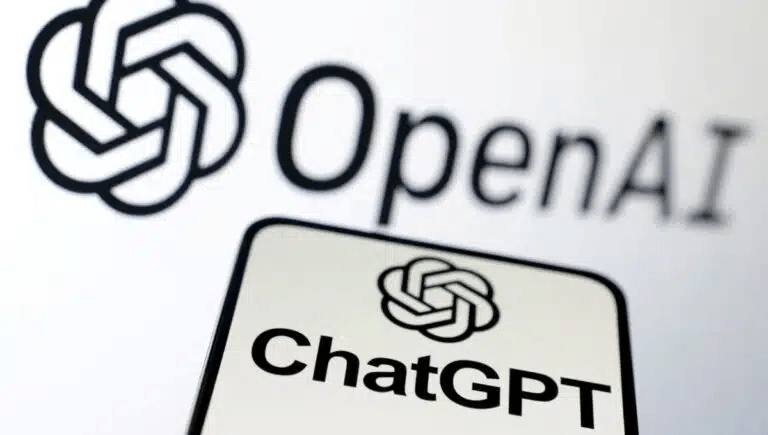In the ever-evolving landscape of artificial intelligence, understanding the source of data is paramount. OpenAI, at the forefront of AI innovation, navigates a diverse data ecosystem to fuel its models. This exploration into the origins of OpenAI’s data begins with a broader examination of the role of data in AI.
The Concept of Data in AI
Data, the cornerstone of AI, manifests in diverse forms, each contributing uniquely to the field’s progression. Structured data provides a robust foundation, while unstructured data, comprising images and videos, adds complexity. Semi-structured data introduces nuance, while textual and visual data present intricate challenges. OpenAI’s adept handling of this diversity positions it as a leader in AI research and development.
Types of Data in AI
- Structured Data: Structured data, organized in databases, forms the backbone of AI. OpenAI’s utilization of structured data ensures models have a solid foundation, enhancing their analytical capabilities and decision-making processes.
- Unstructured Data: Extracting insights from unstructured data, such as images and videos, is a significant challenge. OpenAI’s proficiency in deciphering this complex data source showcases its capability in handling diverse information.
- Semi-Structured Data: Semi-structured data, found in documents and XML files, demands a flexible approach. OpenAI’s adept navigation of this middle ground demonstrates its commitment to adaptability and innovation.
- Textual Data: Textual data is fundamental for language models. OpenAI’s expertise in processing vast amounts of text contributes to the effectiveness of models like GPT-3, enhancing language understanding and generation.
- Visual Data: Interpreting visual data, including images and videos, adds a layer of complexity. OpenAI’s capability to extract meaningful insights positions it at the forefront of AI research.
Data Quality and Quantity: Implications for AI
- Volume of Data: In the realm of AI, the volume of data is crucial. OpenAI’s emphasis on large datasets ensures models encounter diverse scenarios, fostering a deep understanding and adaptability crucial for real-world applications.
- Diversity of Data: Diverse data sources contribute to OpenAI’s strength. Incorporating data from various channels ensures models’ versatility, enabling them to address a wide array of tasks and challenges.
- Quality of Data: Data quality is paramount for accurate AI models. OpenAI’s commitment to meticulous selection and preprocessing enhances the reliability and trustworthiness of its AI systems.
AI (Data Sources)


Sources of OpenAI’s Data
- Publicly Available Data: OpenAI taps into publicly available data, including web content and open-source datasets. This strategy enriches models and aligns with transparency and accessibility principles.
- Collaborations and Partnerships: OpenAI collaborates with academic, research, and corporate institutions, fostering data exchange and expertise. These alliances contribute to OpenAI’s leading position in AI development.
- User-Generated Data: User interactions generate valuable data for OpenAI. Feedback and corrections play a pivotal role in refining models and ensuring continuous improvement.
- Licensed Data: Strategic acquisition through licensing and collaboration with data aggregators provides OpenAI access to specialized datasets, enhancing models with domain-specific knowledge.
- Synthetic Data Generation: OpenAI explores synthetic data creation, vital for augmenting datasets. This innovative approach involves generating artificial data to improve model performance.
Crowdsourcing
- Public Contributions: Inviting public contributions diversifies the data pool. OpenAI’s inclusive approach fosters community engagement, turning users into active contributors. Crowdsourcing plays a crucial role in OpenAI’s data acquisition strategy.
Internet of Things (IoT) and Sensors
- Sensor Data: Incorporating data from sensors enriches OpenAI’s repository. Real-time insights from connected devices enhance models’ responsiveness to dynamic scenarios.
Conclusion
OpenAI’s approach, spanning publicly available data, collaborations, user-generated inputs, licensed sources, synthetic data, crowdsourcing, and IoT, showcases a comprehensive strategy. This commitment to diverse and high-quality data positions OpenAI at the forefront of AI research and development, propelling the field towards new horizons.
Also Read – 10 Places in the World That Are Closely Related to Mythology
